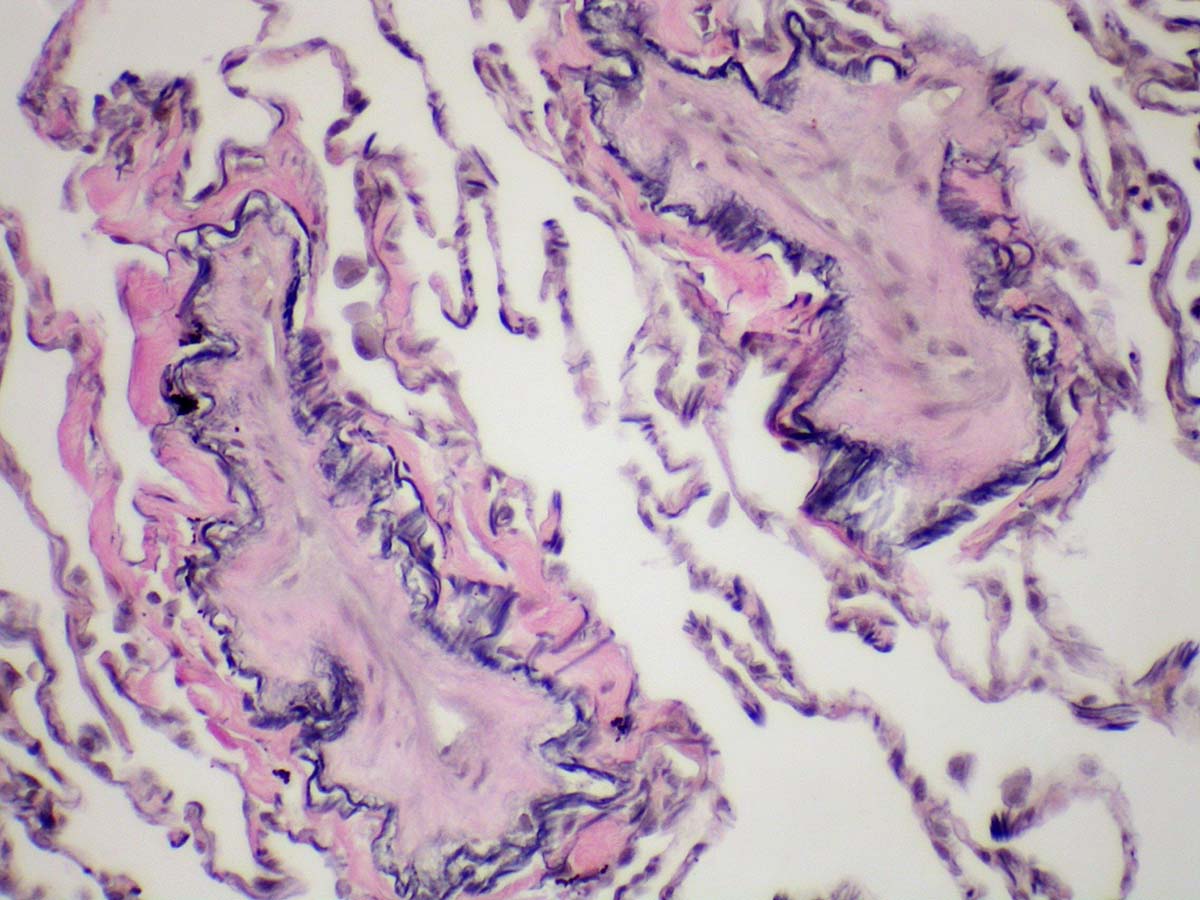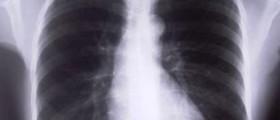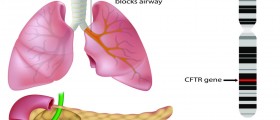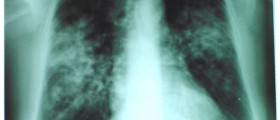
Pulmonary Fibrosis
Pulmonary fibrosis is a medical condition which features with excess of fibrous tissue in the lungs. The normal lung tissue is replaced with afunctional fibrous tissue and this consequently affects proper function of the lungs. The disease is progressive and eventually leads to death.
Some doctors believe that pulmonary fibrosis occurs as a result of recurrent injury of lung tissue. This damage turns normal lung tissue into fibrous tissue. The replaced tissue finally forms scars and the lungs lose their elasticity which causes difficulties with breathing. The leading symptoms of the diseases is shortness of breath. Patients additionally complain about dry cough, fatigue, chest discomfort and loss of appetite.
Today doctors try to improve the quality of life of patients suffering from pulmonary fibrosis. Treatment options offer certain medications and they are applied to improve lung function. In terminal stages of the disease the patients are left with only one treatment modality- transplantation of the lungs.
Treatment for Pulmonary Fibrosis
The problem in pulmonary fibrosis is progression of the disease. The damaged tissue cannot heal. Therefore, the lung function is lost for good. Unfortunately, there are no medications which can stop or at least decelerate the process of scarring. Still there is a variety of medications which may improve the symptoms of the disease to certain extent.
In the beginning of the disease the patients are administered corticosteroids. They are either given alone or in a combination with some other immunosupresants. Additional immunosupressants include metotrexate or Cyclosporine. However, not a single combination that has been used up until now has been efficient enough. In some people a combination of Prednisone and N-acetylcystein may decelerate the process of scarring. And finally, a medication that is still used in clinical trials called pirfenidone has managed to improve lung function and partially stop further destruction of the lungs.
Unfortunately, all of the previously mentioned medications have numerous side effects. This is the reason why doctors tend to discontinue them in case patients do not get better within six months.
Lung transplantation is the only treatment modality which can actually cure the disease. It is performed in young patients who are suffering from severe forms of pulmonary fibrosis. Candidates for the surgery must quit smoking and have to be healthy enough to undergo transplantation.
Additional Treatment Approaches
The goal of additional treatment is improvement of patient's quality of life. Oxygen therapy is regularly administered in advanced stages of the disease. Pulmonary rehabilitation includes medical management of the disease. The patients are supported and helped. This treatment provides with certain exercises which might improve breathing. Pulmonary rehabilitation also provides with emotional support and nutritional counseling.

















Your thoughts on this
Loading...